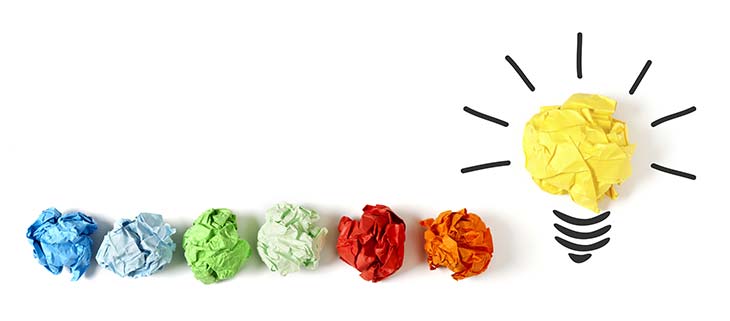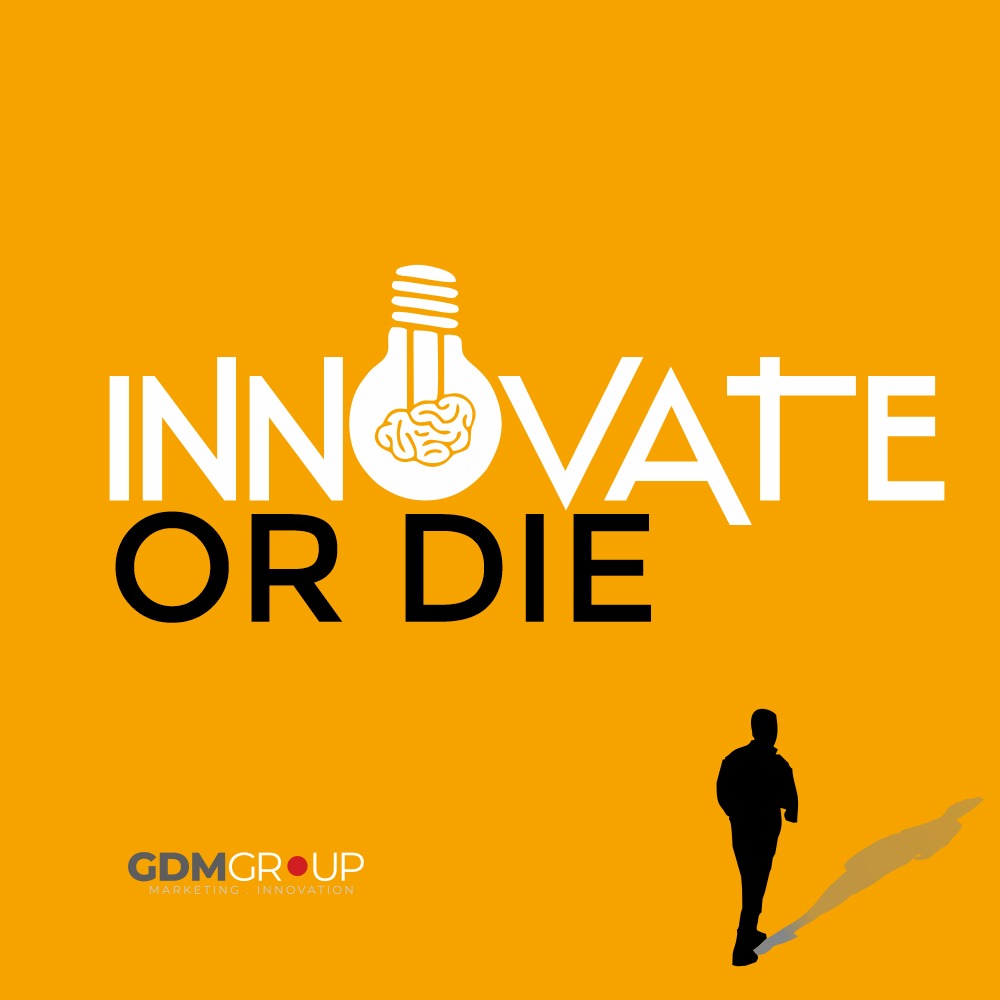Ushered in by Covid-19, Social Distancing became a mega trend that triggered dramatic impact on businesses and industries. Global events like SXSW and Advertising Week Europe were either canceled or postponed; same with experiential and brand activation events here in Nigeria.
Social Distancing (and Covid) also came with some lifestyle and economic alterations the rise of empathy marketing and welfarism, ‘glocal’ economic disruptions, the nairadollar exchange dichotomy, consumer behaviors, buying patterns and social preferences.
There is currently a sharp change in consumers’ purchase trend as more people are no longer considering the purchase of big-ticket items and instead focus on survival brands.
From virtual working (work-from-home) to virtual meetings (co-creation), virtual events/ parties, virtual class (e-learning) and virtual shopping, the world is gradually becoming virtual. There is also a sharp adoption in cashless transaction and alternative cash settlement (cash-back at filling stations, supermarkets, pharmacies, etc.).
Social distancing is also driving innovation in the tech industry especially in the video conferencing market where Zoom became the category leader with over 200 million daily user and 300 million daily participants. Zoom is followed by Microsoft Teams that attracted 200 million daily participants (and 75 million daily active users); and Google Meet with 100 million daily meeting participants.
Social distancing is a trend that will continue to dictate how brands interact with consumers in the coming months and the way to go is either we adapt or die. So how do we see this trend? An opportunity to innovate or an excuse to go down the drain?
As we continue to align to the regulatory social-distancing rules (which we believe will further slowdown the businesses and the economy), the old competitive edge would diminish and new competitive advantage would emerge.

There is need to understand the nevv normal and develop nevv strategies to the ever— changing consumer behaviour which must be a cohesive response to these changing trends. We must understand the market forces at work and have a wholistic view of the interplay to eventually develop a coherent viewpoint.
How long this will be is still unknown, however indications are clear that social distancing disruption will still be around for another 6 – 9 months. However, experiential marketing agency heads believe this will be a few months of disruptions and uncertainties that will ultimately transform businesses in the long-term.
So, what does Social Distancing mean to you?
A trend or a threat?
